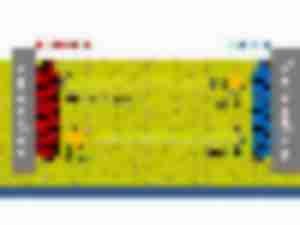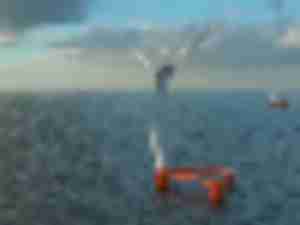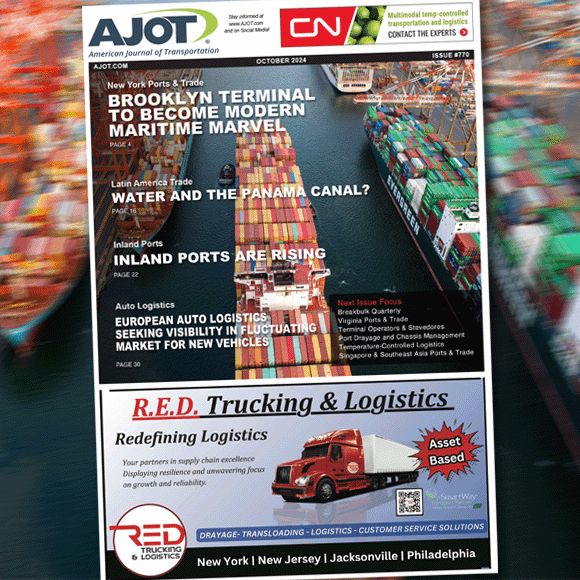
Toyota plans solid-state battery with range of 900 miles per charge
Toyota is developing a next-generation solid-state battery that will have a range of 900 miles per charge and is projected to be in commercial development by 2027-2028, according to a Toyota spokesperson.

California fast-tracks offshore wind supports
In an interview with AJOT, Adam Stern, Executive Director, Offshore Wind California (OWC), cited a number of California initiatives which he believes will speed up development of floating offshore wind farms and meet California’s ambitious goal of generating 25 gigawatts (GW) of electricity by 2045.

Flexport data shows sailings from China to U.S. West Coast 20 days faster than to East Coast Ports
Sailing times from China to U.S. West Coast ports are averaging twenty days faster than to U.S. East Coast ports, according to the supply chain logistics platform Flexport.
_-_127500_-_00cabbf31c153ed992ee45cd5b8911eeee9c4fd4_lqip.jpg)
Can Oceanix Busan’s Floating City defend against sea level rise?
At the South Korean port city of Busan, a prototype 15-acre floating community is being designed as a possible defense against sea level rise, according to Marc Collins Chen, co-founder of New York-based Oceanix, the project developer. OCEANIX, a blue tech company based in New York, led a team of designers, engineers, and sustainability experts in designing the flood-proof prototype.

US Footwear President worries about possible new tariffs
Matt Priest, President and CEO of the Footwear Distributors and Retailers of America (FDRA) has expressed concern about possible new U.S. tariffs adversely impacting the industry...

The United States needs Pacific Rim collaborations
A Bi-partisan authored Congressional report says the United States has fallen far behind China in shipping and shipbuilding and needs to make the long-term investment to catch up.

Port of Los Angeles hit by 60 million monthly cyber attacks In 2023
Between 2014 and 2023 cyber-attacks against the Port of Los Angeles increased from 7 million attacks per month in 2014 to 60 million monthly attacks in 2023, according to Tony Zhong, Chief Information Security Officer, Port of Los Angeles.

Equinor says Scotland floating wind turbine flaw has been repaired
Defective bearings in wind turbines powering the first floating offshore floating wind farm, located off the coast of Scotland, have been replaced, according to the Norwegian wind farm operator Equinor.

Yusen Terminals faces tough road to zero emissions: Part II
On June 25th Alan McCorkle, President and CEO of Yusen Terminals located at the Port of Los Angeles showcased the acquisition of new battery-powered top handlers that will speed the transition from diesel technology to zero emission technology.

Yusen Terminals’ McCorkle says zero emission transition is expensive but will result in long-term savings: Part I
In an interview with AJOT, McCorkle provided a very detailed breakdown of the challenges facing a marine terminal transitioning from diesel to zero emissions but concluded that the transition would eventually save terminals money
- 1
- 2
- 3(current)
- 4
- 5
© Copyright 1999–2024 American Journal of Transportation. All Rights Reserved
